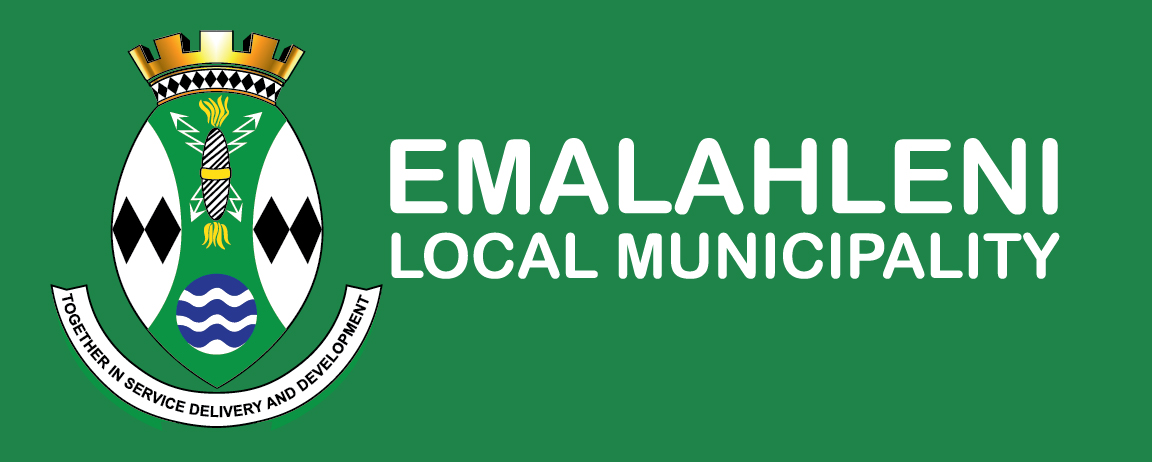Education Attainment
Educational attainment is a key indicator of development in a population any country, especially for Human Development Index. Emalahleni registered good improvements in education. To evaluate long term provision of education, it is important to disaggregate educational attainment for persons older than 20 years. This is an ideal group since they would have completed attending educational institutions. Statistics South Africa generated a measure of educational attainment for persons over age 20. This group is expected to have completed educational enrolment and therefore giving a good measure for completed level of education.
According to the 2016 CS of StatsSA, the population in eMalahleni aged 20+ completed grade 12, increased from 117 021 in 2011 to 146 952 (increase of 29 931) in 2016, an increase of 25.6% in the relevant period.
eMalahleni’s grade 12 pass rate has been improving since 2013, which was 83.2% until 2016 at 88,0% and in 2017 there was a decrease from 88,0% (in 2016) to 80,9%. Statistics show further decline in 2018 with a pass rate of 79.1% compared to the previous years. The records in 2018 showed that Emalahleni had 926 bachelor, 924 diploma and 480 higher certificate achievement.
The table below indicates statistics on educational achievements since 1996 to 2016. Emalahleni percentage of people with no schooling declining from 14% in 1996 to 5% in 2016. People with primary education has been steadily declining from 1996 to 2016 in Emalahleni. The percentage of people with higher qualifications has been steadily increasing since 2001 with the percentage of people with matric also increasing 37% in 2016. The concern though is the stagnant nature of the people with Grade 8 – Grade 1. There seem to be traction in that band because it resonates only in the upper 30% and once reaching 40% in 2007. The introduction of the TVET has dragged people away from less than matric in having a TVET qualification since 2011, where it reported a percentage of 5% and 6% in 2916. There is an uptick in terms of matric and post matric qualification from 2011 to 2016 respectively.
Table 1: Educational achievements in Emalahleni, 1996-2016 Source: StatsSA
Year | 1996 | 2001 | 2007 | 2011 | 2016 |
|---|---|---|---|---|---|
No schooling | 14% | 14% | 8% | 6% | 5% |
Primary | 20% | 20% | 20% | 13% | 10% |
Grade 8-11 | 35% | 33% | 40% | 33% | 34% |
Less than matric & certificate/diploma | 3% | 1% | 5% | 1% | 1% |
matric only | 18% | 24% | 19% | 31% | 37% |
NTCI/N1/NIC/V Level 2- N6/NTC6 | 5% | 6% | |||
Post matric | 10% | 8% | 8% | 10% | 8% |
The table 2 below compares the number of students that registered to write with number that eventually wrote and the achievements with the Nkangala municipalities. At Emalahleni there has been on increase for registered students, however, the statistics is fluctuating in term of those who managed to write and the achievements thereof.
Our schools experience infrastructure challenges such as theft and there is preference of some of the schools than others, which underutilised and overcrowded others. Emalahleni has one satellite University (offering few streams), which do not meet the needs of all those who have passed grade 12. This result in many students leaving the city for other institution. Another challenge is to accommodate and integrate the educated young people in the area into the labour market, especially those with Grade 12 certificates; the unemployment rate of these people is more or less 36%. However, the external companies in partnership with the municipality have plans to improve the skills of the youth for empowerment purposes.
Table 2: Municipal performance in National Senior Certificate Source: Department of Education, Mpumalanga Province
Municipality | 2017 | 2018 | 2019 | ||||||
|---|---|---|---|---|---|---|---|---|---|
entered | wrote | achieved | entered | wrote | achieved | entered | wrote | achieved | |
Emalahleni | 3583 | 2775 | 2244 | 3701 | 2944 | 2330 | 3483 | 2869 | 2329 |
Thembisile Hani | 4262 | 3284 | 2218 | 3775 | 2793 | 2092 | 4137 | 2963 | 2344 |
Dr. JS Morora | 4054 | 3103 | 2083 | 3854 | 2726 | 2102 | 3734 | 2570 | 1944 |
Dr. JS Morora | 601 | 531 | 438 | 672 | 530 | 432 | 792 | 624 | 488 |
Steve Tshwete | 2503 | 2288 | 1782 | 2216 | 1953 | 1647 | 2191 | 1846 | 1643 |
Emakhazeni | 462 | 435 | 355 | 507 | 438 | 360 | 465 | 412 | 344 |
